How to exfoliate your face
Some people cleanse first and then exfoliate, some people do it the other way round. Or you can use an exfoliating cleanser, and do both at the same time (although, as explained, don’t do this every day, as it is a quick way to damage the skin barrier).
Here are five examples of how you might exfoliate:
- Use a flannel to take off your cleanser every day. This will give you a light exfoliation.
- Use an acid toner every other day.
- Use a stronger acid exfoliation product that you leave on overnight, once or twice a week.
- If you’re using a mechanical cleansing brush, try twice a week.
- If you’re an exfoliating cleanser, use it every other day.
My main tip: be really gentle! Think of using an exfoliator as polishing the delicate surface of your face. Most of us seem to think that we really need to scrub at our skin to exfoliate it but doing that is going to stress your skin, create inflammation and damage the skin barrier. You’re playing a long game with skincare. So be consistent, but gentle.
How often should you exfoliate?
As just mentioned, this depends on the method and intensity of your exfoliation, but by and large, it’s a good idea to exfoliate gently but frequently – for example, using a flannel to take off your cleanser every day will give you a light exfoliation. If it’s gentle and your skin is accustomed to it, you could maybe use an acid toner every day, though I would prefer you used an acid toner every other day.
Methods to use less frequently are using an exfoliating cleanser (use it just once – i.e. either morning or evening – every other day), using a mechanical cleansing brush (do this just twice a week) and using a stronger leave-on glycolic product overnight (again, maximum twice a week, unless it is a product designed for daily use).
What are gentle exfoliation methods for sensitive skin?
You can exfoliate sensitive skin gently either by using chemical exfoliation or by using physical exfoliation.
For chemical exfoliation, try a low-concentration exfoliator using either salicylic acid (a beta hydroxy acid, or BHA) or a gentle alpha hydroxy acid (AHA), such as glycolic acid or lactic acid. Alternatively, try an enzyme-based exfoliator that uses an enzyme such as papain (from papaya) or bromelain (from pineapple), as these too are gentle on your skin.
For physical exfoliation, avoid a scrub that will tear up your skin. Instead, use an exfoliating mitt or cloth made from material such as microfibre or bamboo. Another possibility is a konjac sponge, which also provides gentle physical exfoliation.
How does exfoliation enhance skin radiance?
Exfoliation unclogs your pores and removes dead skin cells that may be making your skin look dull and rough. Both these changes help reveal fresher, smoother skin that better catches the light and looks radiant.
Beyond these immediate improvements, exfoliation stimulates cell turnover and causes your skin to boost collagen production. These two actions further improve your skin’s thickness and texture in the longer run.
How can I choose the right exfoliator for my skin type?
To choose a suitable exfoliator for your skin type, follow these guidelines:
- Sensitive skin. Use either a low-concentration beta hydroxy acid (BHA) or alpha hydroxy acid (AHA) chemical exfoliator or a gentle physical exfoliator such as a microfibre mitt or a konjac sponge.
- Dry skin. Get a hydrating chemical exfoliator that uses an alpha hydroxy acid (AHA) such as lactic acid or mandelic acid. If you prefer physical exfoliation, try a konjac sponge.
- Oily skin. Use a salicylic acid (BHA) exfoliator to unclog your pores and reduce your skin’s oiliness.
- Acne-prone skin. Try a salicylic (BHA) exfoliator for mild acne. If you have severe acne, consult a dermatologist before exfoliating.
What are the best practices for using exfoliators?
Once you’ve chosen a suitable exfoliator for your skin type, it’s a good idea to perform a patch test to confirm that your skin can tolerate it. Put some of the exfoliator on the inside of your elbow and leave it there for 24 hours to make sure all is well.
If so, proceed with the exfoliator like this:
- Use a gentle cleanser to remove dirt, makeup, and excess oil from your face.
- Apply the exfoliator using light, circular motions rather than scrubbing.
- If your face has problem areas, such as blackheads or rough texture, focus on those areas. Be careful around sensitive areas, such as your lips and eyes.
- Rinse off the exfoliator thoroughly with lukewarm water, and then pat your face dry.
- Moisturise your face.
- Remember to apply sunscreen in the morning to protect your skin from sun damage.
Are there specific exfoliators for mature skin?
Yes, you can get specific exfoliators formulated for mature skin, which tends to be thinner and more delicate than younger skin. Normally, you’ll want to avoid rough scrubs or harsh ingredients such as alcohol and fragrance and use gentle chemical exfoliators instead.
If your main concern is fine lines and wrinkles, look for an exfoliator that contains ingredients to stimulate your skin to produce more collagen. Peptides and retinol are both helpful, but go easy with retinol to start with. If your aim is to make your skin firmer and more elastic, look for an exfoliator that contains ingredients such as peptides or niacinamide (vitamin B3). If you’re dealing with uneven skin tone, try a gentle exfoliator that includes an alpha hydroxy acid such as glycolic acid or lactic acid. Remember to protect your face with sunscreen.
Can exfoliators improve acne-prone skin?
If you have mild acne, don’t rough it up with face scrubs, but a chemical exfoliation with salicylic acid may be helpful to clear blocked pores. Start by exfoliating once or twice a week with a gentle chemical exfoliator and see how well your skin tolerates it. If you have severe acne, consult a dermatologist before exfoliating even with a chemical exfoliator.
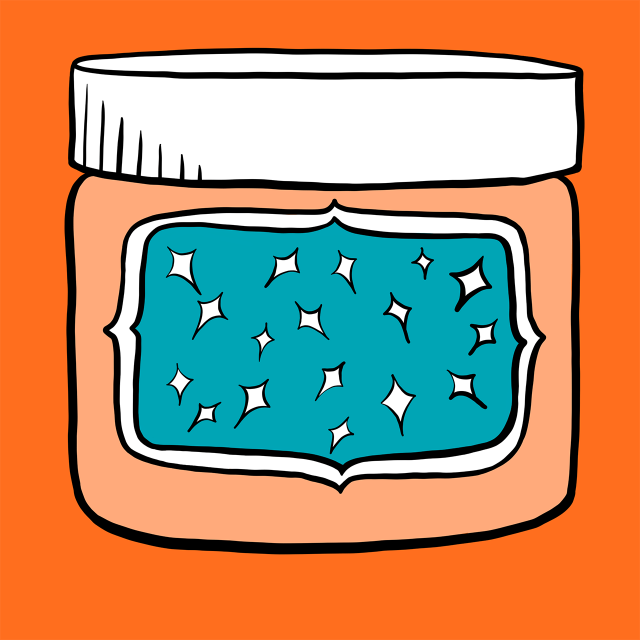

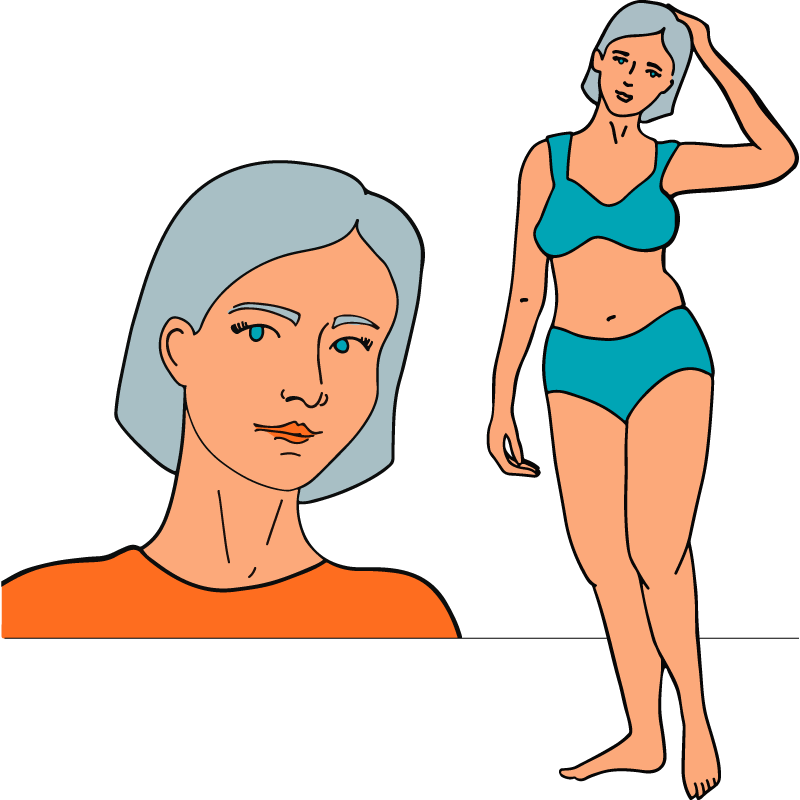

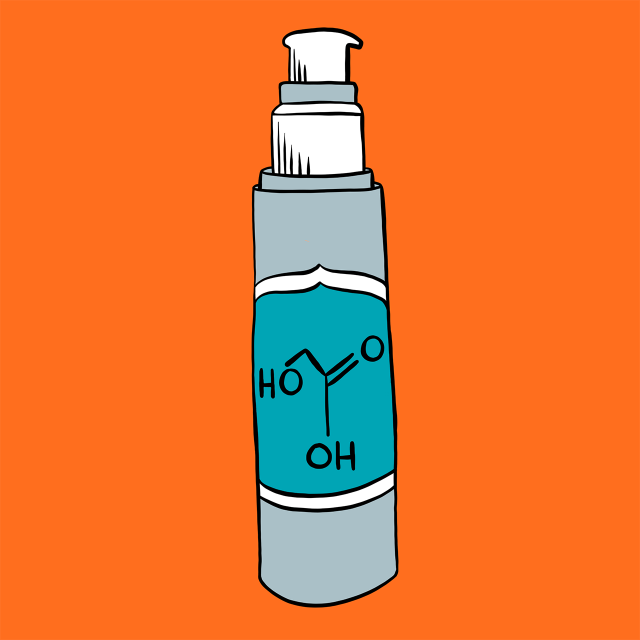

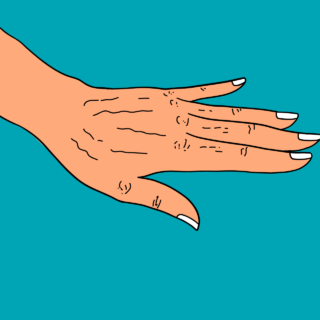

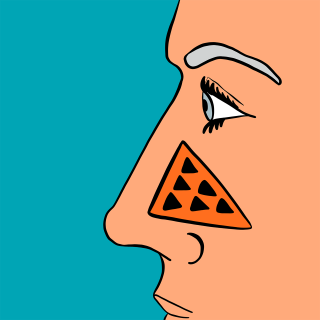
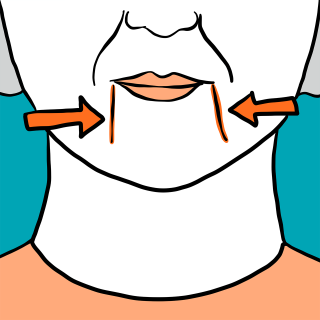
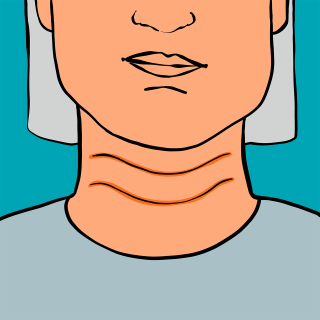
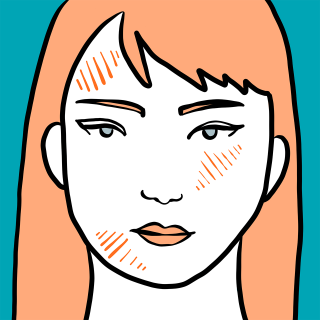

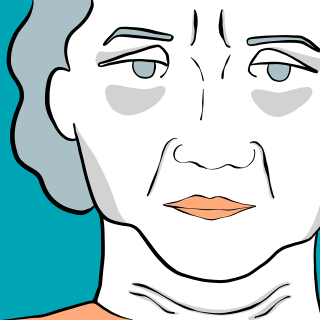



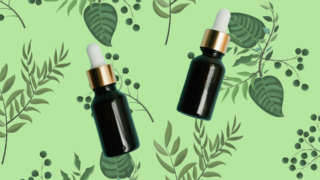

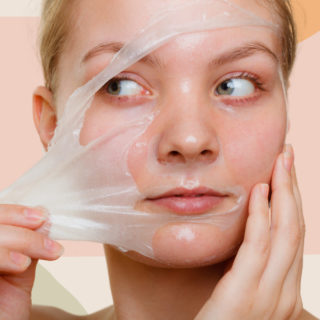
 The Tweakments Chatbot
The Tweakments Chatbot